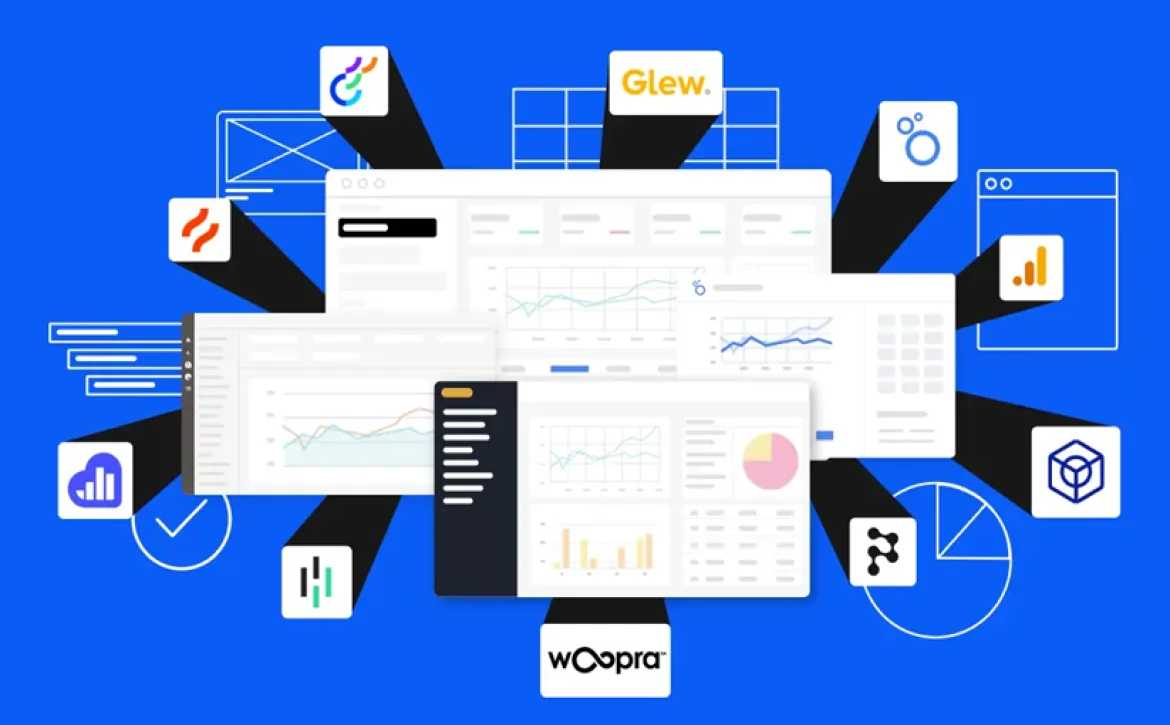Explained E-Commerce Analytics Tools Track, Analyze, and Grow
Imagine running a physical store blindfolded. You cannot see how many people walk in, which aisles they visit, what they pick up, or what makes them leave without buying. That would be business suicide, right? Yet, this is exactly how many online businesses operate when they ignore E-commerce analytics tools. In the fast-paced world of online retail, understanding customer behavior is not just a competitive edge. It is a necessity. Whether you are selling homemade candles or managing a thriving Shopify empire, the numbers behind your store tell a powerful story. And if you are not reading that story, you are probably missing sales opportunities every single day. That is where eCommerce analytics tools come in.
These tools are like your store’s eyes and ears. They help you track who your customers are, where they are coming from, what they are buying, and why they are not converting. They give you the data you need to make smarter decisions that drive growth. But here is the catch. From free E-commerce analytics tools to robust platforms like Zoho Analytics or Google Analytics, choosing the right one can be overwhelming. Also explore what eCommerce analytics tools do, why they matter, and which ones can help you grow faster and smarter. Whether you are just starting out or looking to scale, let’s decode the world of data together.
What Are E-Commerce Analytics Tools?
E-Commerce analytics tools are platforms that collect, organize, and visualize your store’s performance data. They track everything from traffic sources and bounce rates to product performance and customer journeys. These tools do not just spit out numbers. They tell you which products are hot, which marketing channels bring in the most profit, and which pages on your site may be turning people away. The beauty of these tools lies in their ability to turn chaos into clarity. Whether you use a free eCommerce analytics tool or a premium one, the goal remains the same. You want to understand what is working and what needs fixing.
Why Your Online Store Needs Analytics
You may think you are doing fine just checking sales reports. But sales numbers alone cannot tell you why you are winning or losing customers. For instance, imagine you launched a new product and it is barely selling. Is the price too high? Is the product description weak? Or are customers just not finding it? An eCommerce analytics dashboard can give you those answers.
These tools allow you to:
- Track customer behavior in real-time
- Analyze which products convert the most
- Understand drop-off points in the checkout process
E-commerce Analytics Tools: Top Tools You Should Know About
Let’s dive into some of the best tools out there that help you track, analyze, and grow your online business.
1. Google Analytics
This is the holy grail of analytics for many online store owners. Google Analytics offers in-depth insights into user behavior, traffic sources, session duration, bounce rates, and much more. You can even set up custom goals to track conversions and use ecommerce tracking to get detailed reports on transactions and revenue. Best of all, it is free. If you want to step it up, Google also offers GA4 which includes event-based tracking for even more advanced insights. But even the basic version is powerful for anyone running an online shop.
2. Zoho Analytics
For those looking for a more advanced but still user-friendly platform, Zoho Analytics is a great option. It is a self-service BI tool that allows you to create customizable ecommerce analytics dashboards and reports using drag-and-drop features. It offers deep product and sales analytics, and its AI-powered assistant can even answer your data questions in plain language.
3. Shopee Analytics Tool
This built-in tool provides sellers with vital insights into store performance, including product views, conversion rates, and customer engagement. It is especially useful for analyzing seasonal trends and optimizing campaigns. With Shopee’s unique market dynamics, using its analytics tool can help you fine-tune your strategy for Southeast Asian buyers.
4. Free eCommerce Analytics Tools
Not ready to invest in a paid tool? No problem. In addition to Google Analytics, tools like Matomo, Smartlook, and Clarity offer great insights without the price tag. Smartlook records real user sessions so you can actually watch how visitors interact with your store. These tools are perfect for new store owners who want to get serious about data without breaking the bank.
What an Analytics Tool Should Have
- Custom dashboards: Being able to tailor your ecommerce analytics dashboard to your needs is a big plus.
- Product-level insights: Ecommerce product analytics should show you what is selling and why.
- Integrations: Make sure the tool works well with your ecommerce platform.
- Cost vs features: Free tools are great, but sometimes paying for deeper insights is worth it.
E-commerce Analytics Tools: Putting the Data to Work
- Optimize product pages: Use ecommerce product analytics to see which listings convert and which ones do not. Then tweak descriptions, images, and pricing accordingly.
- Improve customer journey: Use behavior reports to find out where users drop off and fix those friction points.
- Boost marketing ROI: Identify which channels bring the highest converting traffic and invest more in them.
- Test and learn: Run A/B tests and use your analytics dashboard to measure results quickly and accurately.
In the end, Ecommerce success is no longer just about great products and catchy branding. It is about understanding what is happening behind the scenes and using that information to grow. E-commerce analytics tools put the power of knowledge in your hands. Whether you use free eCommerce analytics tools like Google Analytics or more advanced platforms like Zoho Analytics or Shopee’s built-in tool, the goal is the same. Tracking, analyzing, and growing is not just a strategy. It is the foundation of modern ecommerce. Start now, and let your data lead the way.


